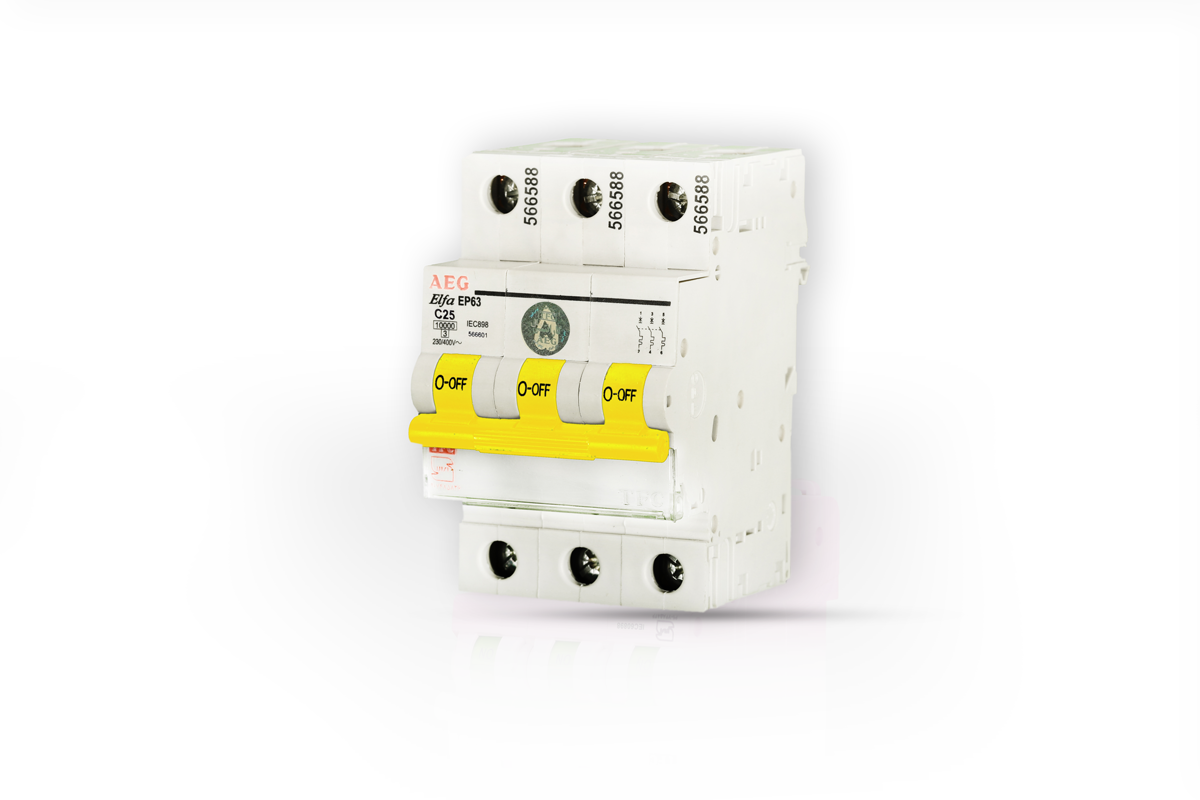Miniature Circuit Breakers are one of the widely used equipment in the electrical industry, which, contrary to their simple appearance, have a complex structure and various mechanisms. Now, in the continuation of this article, we are going to examine the technology that exists in the internal structure of these breakers.
Inside of the Miniature Circuit Breaker, when a short circuit is released within half a millisecond, the coil registers a fault by observing the increased current. After the fault is signaled the hammers move, causing the contacts to open.
Then when the fixed and moving contacts open, an arc is created between them, through which the current is established. Now with the contacts open, the arc is clearly visible. Next, the uneven pressure created on the arc causes the plasma wave to be pushed from the contacts into the arc quenching chamber.
The arc now enters the channel of uniformly spaced arc separators and is divided into smaller arcs, each of which is finally extinguished individually.
Then, in less than 3 milliseconds after the short-circuit current is released, the fault is completely cleared. The time it takes for the latch to reach its final position is 10 milliseconds.
Basically, there is an electric arc between two electrodes during self-sustaining gas discharge. If the open contacts are not far enough apart during the switching operation, only a small electric field strength is needed to continuously ionize the air.
In alternating current, the arc is extinguished at the zero crossing of the sinusoidal current wave. If the contacts are not sufficiently spaced apart after re-tensioning, the arc will re-ignite.
In fact, the goal is to prevent this from happening and quickly extinguish the arc. An arcing fault that is not extinguished quickly can cause major damage such as fire and explosion.


